BitTorrent Beginner's Guide: Everything You Need to Know
BitTorrent file-sharing technology isn't just for pirates. Here's how to access the rich troves of legitimate and legal content.
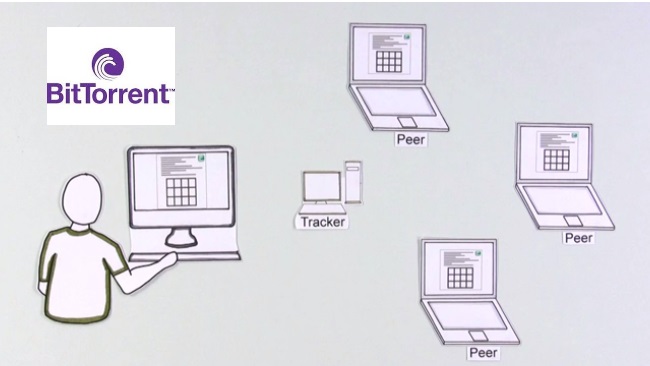
Technology isn't inherently good or bad; it depends on how it's used. Peer-to-peer file sharing is one technology that has potential good uses but is often used for bad ones.
The BitTorrent peer-to-peer file-sharing protocol is no exception. Created in 2001 by a computer-science student as a way to share files while saving bandwidth, BitTorrent suffers from a bad reputation because it is often used for piracy.
Thanks to its popularity, however, BitTorrent does consume a lot of bandwidth. Cybersecurity firm Palo Alto Networks estimates that BitTorrent consumes 3.35 percent of the total worldwide bandwidth and is responsible for half of all file-sharing traffic worldwide.
BitTorrent has gotten a bad rap because so much of its use is, and has been, for piracy. Some of it is flagrant, as in the case of <a href="">The Pirate Bay and other piracy-related torrent indexing sites. Yet BitTorrent has plenty of legitimate uses, and is even used by the piracy-plagued software and entertainment industries.
- Stay safe while you share with the best torrenting VPN
- Read our list of the 8 best BitTorrent clients
What is BitTorrent?
BitTorrent was created by programmer Bram Cohen, who had previously worked for a company called MojoNation — an early effort at distributed downloads by breaking large files into encrypted chunks and distributing those pieces via multiple computers. This made it different from other peer-to-peer networks like Kazaa and eMule because those options were peer-to-peer, so your download source was a single PC that could go offline at any time.
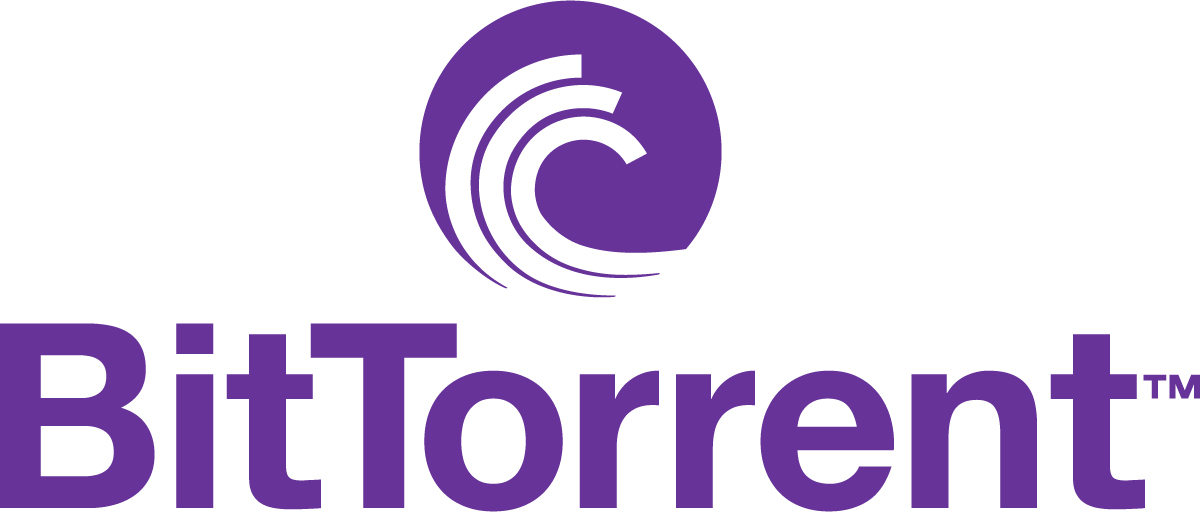
Like Napster, Kazaa and eMule, BitTorrent used a client to manage the downloading of the file(s) as well as the sharing of them, since as soon as you began downloading, you became a "seeder" (i.e., you give as you take). It's considered good etiquette to leave your BT client running for a day or so to seed to other people.

The difference between BitTorrent and P2P networks, aside from their distributed nature, is that you don't download the file immediately. Instead, you download a .torrent file that's only a few kilobytes in size. All these files contain is the metadata tracker information, which is where the files you wish to download are located, and information about thetracker, which is a computer that coordinates the file distribution. So, the tracker tells your BT client which other peers have the files you want.
Sign up to get the BEST of Tom's Guide direct to your inbox.
Get instant access to breaking news, the hottest reviews, great deals and helpful tips.
There are two types of trackers: open and private. Open trackers are freely accessible by all, and usually, anything goes. You find all kinds of content and malware to go with it. That's the bulk of what's referred to as the BitTorrent network.
Private trackers, in contrast, are managed and closed off, requiring, at the very least, an account, if not a paying account. Private trackers control their network of seeders more rigidly, which means there are a lot fewer malware threats. But some of them are like elite clubs; in fact, many are invite-only.
Malware threats
What about malware? Your first line of defense is common sense. What is the source of the torrent? About.com has an excellent list of 30 reliable torrent sites, but it also has piracy sites. Piracy is pretty much a fact of life, unless you use the Internet Wayback Machine BitTorrent site, which archives the content from the history of the Web.
Malware is more easily attached to executable files than to data files, like MP3s or video files, although the latter can still carry malware. Most, but not all, malware needs an executable to run — and audio or video files are not that — so you are safer, but never 100 percent safe. Whatever you do, never accept an .exe download that's billed as a downloader or accelerator. Your BT client is all you need.

MORE: Best Antivirus Software 2014
When torrents are created, metadata and a hash are generated. So if someone tries to add malware after the fact, the torrent protocols will discard it. It's difficult to add malware to an existing torrent, but you can always add it when the torrent is made.
In many torrent sites, there is a comment section below the .torrent download. Read the comments closely; you may find a malware warning.
Finally, make sure you have good antivirus software, because pretty much any good antivirus program checks every file as it lands on your PC, or even before. So, if there is malware in the torrent, as the files are written to disk, they will (in theory) be caught.
Legal uses of BitTorrent

BitTorrent has a reputation as a piracy device, and it's not unfounded. The Pirate Bay is the best-organized and highest-profile site that hosts pirated content. However, there are plenty of legitimate uses by musicians, movie studios, game companies and software developers for the exact reason BitTorrent is so popular: It avoids a single server choke point.
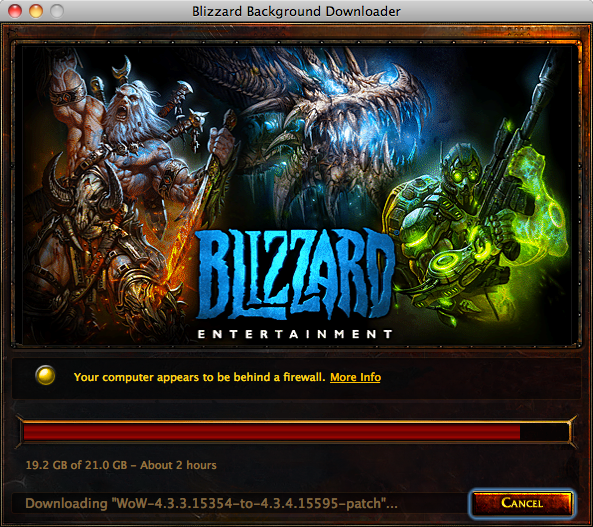
For a while, game developer Blizzard used a hybrid HTTP/BitTorrent protocol for distributing patches and updates to Diablo III, StarCraft II and World of Warcraft, although it's now unclear what protocol it uses. CCP, the Iceland-based company behind EVE Online, last year announced it would revamp its patcher software to use BitTorrent as well. And Canonical, maker of the Ubuntu Linux distribution, makes new releases available via BitTorrent along with HTTP and FTP downloads.
Recently, Radiohead frontman Thom Yorke released his first solo album via BitTorrent. You could get two songs for free, or buy the whole thing for just $6. This was the first time someone tried selling music directly via BitTorrent. Usually, albums were sold by their labels, not directly by the artist.
Sub Pop Records, the indie label that launched the grunge revolution in the early 1990s, used to distribute albums via torrents but no longer does. In addition, Canada's CBC, Norway's NRK and Holland's VPRO broadcasting networks are all distributing selected content via torrents.
By and large, though, commercial torrents are still rare. Most of the nonpirated content tends to be free, open-source or public-domain material.
BitTorrent software setup
To access torrents, you'll need to download and install client software, which is the easy part. For security and privacy reasons, you may have to do some fiddling with your router, and that might be a challenge.
When you launch a BitTorrent client, it opens a network port so that other BitTorrent clients can connect and your computer can be a part of the sharing. Firewalls can block nearly all of the ports used by peer-to-peer clients, owing to the dangers many of these apps have in both malware and the potential for intrusion.
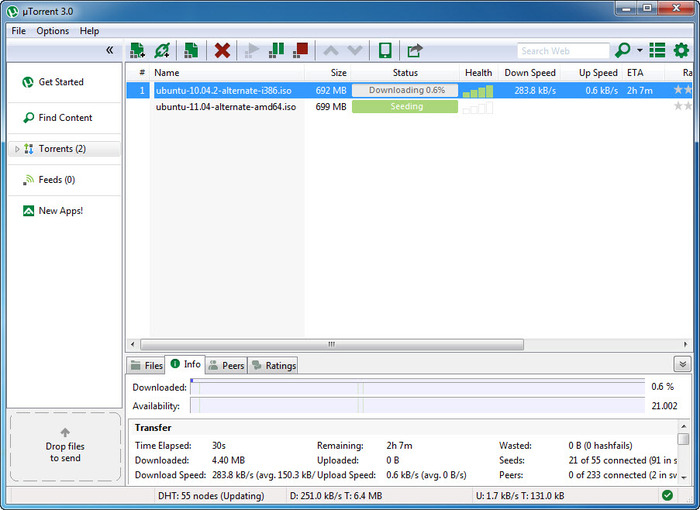
In many instances, your BitTorrent client will work just fine. But for some people, BT downloads either don't work or downloads are painfully slow. That means you have to do something called port forwarding: Go into your router's settings, and open the ports for BitTorrent. The BitTorrent company has a nice guide on port forwarding, and there is a whole site dedicated to it called Port Forward.
All routers are different, and they use different terms and put port-forwarding settings in different menus. Usually, though, they can be found under the Advanced menu. Now, you need to look for terms like "port forwarding," "port mapping" or virtual servers. For help, look up your router or modem on Portforwarding.com.
Once you've set up the port forwarding in the modem or router, open your BitTorrent software and enter that same port number for the "private" or "local" UDP/TCP fields. In µTorrent, for example, you will find this under Preferences > Connection.
Top 3 clients
Most BitTorrent clients work immediately after they're installed, but they usually require some tweaking to get optimum efficiency. Here are 10 of the most popular and notable clients around.
1. µTorrent
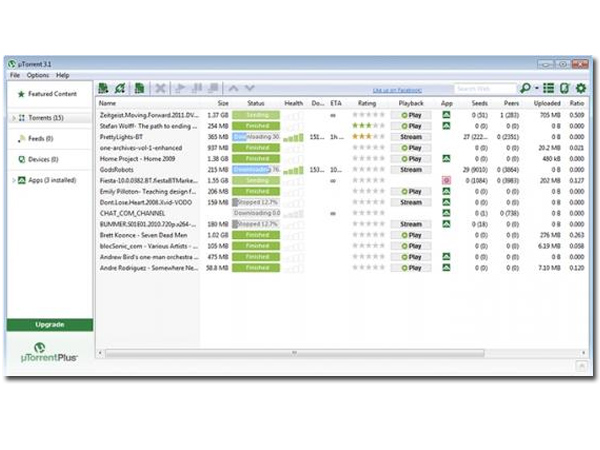
µTorrent, or uTorrent, is a lightweight app that you can set up and get running quickly. Or, if you are more skilled, it has a lot of configuration options. It's one of the most ubiquitous clients. However, µTorrent also comes with crapware, so pay attention during the installation process, and skip the toolbar.
2. Vuze
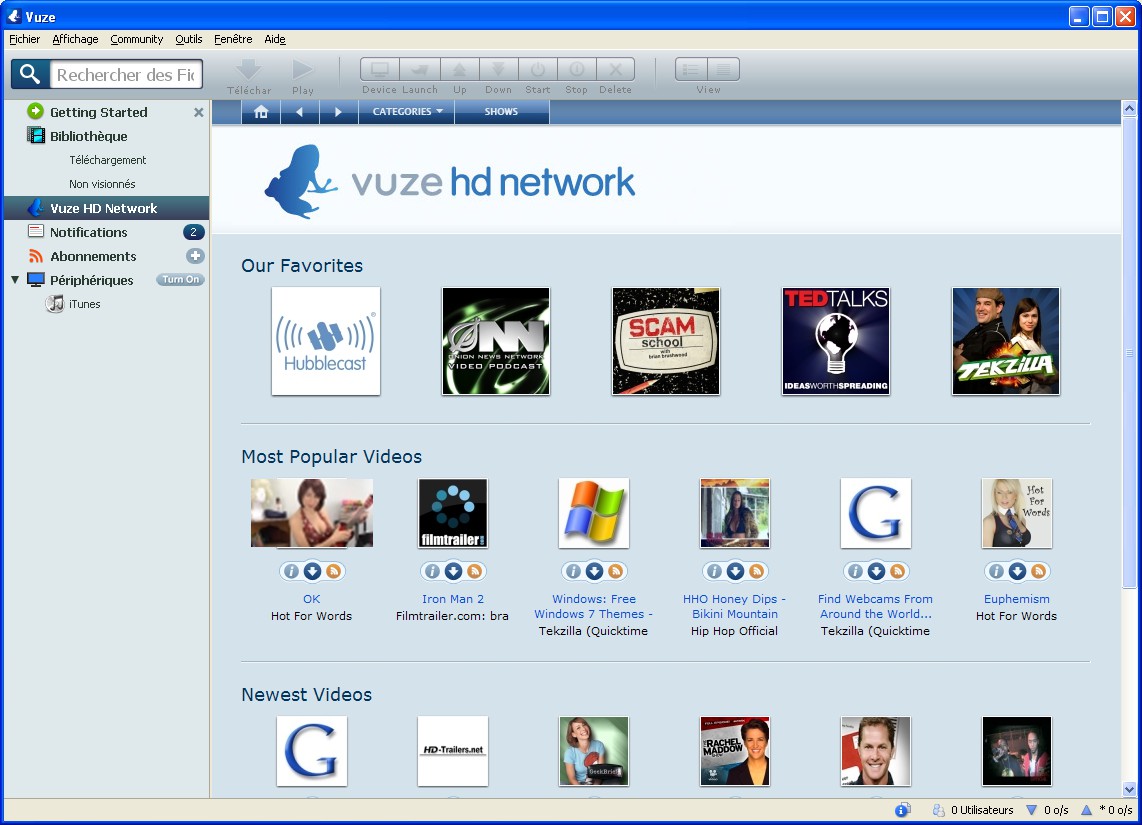
Vuze adds media management functions for viewing, publishing and sharing HD video with other users to its normal torrenting features. It offers media searching, support for HD media/devices and content subscriptions.
3. Deluge
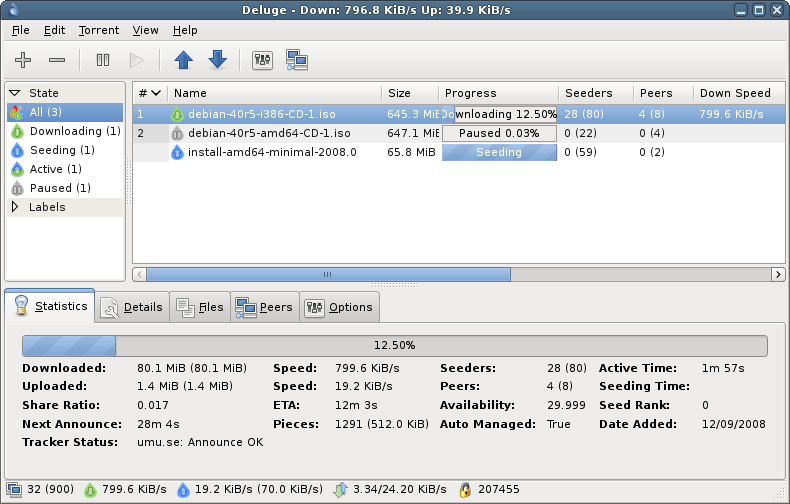
Deluge is a lightweight, open-source client that focuses on torrent throughput performance. It also offers helpful torrent management, and additional features are available through a library of plugin
Tom's Guide upgrades your life by helping you decide what products to buy, finding the best deals and showing you how to get the most out of them and solving problems as they arise. Tom's Guide is here to help you accomplish your goals, find great products without the hassle, get the best deals, discover things others don’t want you to know and save time when problems arise. Visit the About Tom's Guide page for more information and to find out how we test products.
-
beetlejuicegr Also extremely useful and free is the bittorrent sync! i would like it to be mentioned in this article!Reply
It has saved me from VPN needs many times :)

